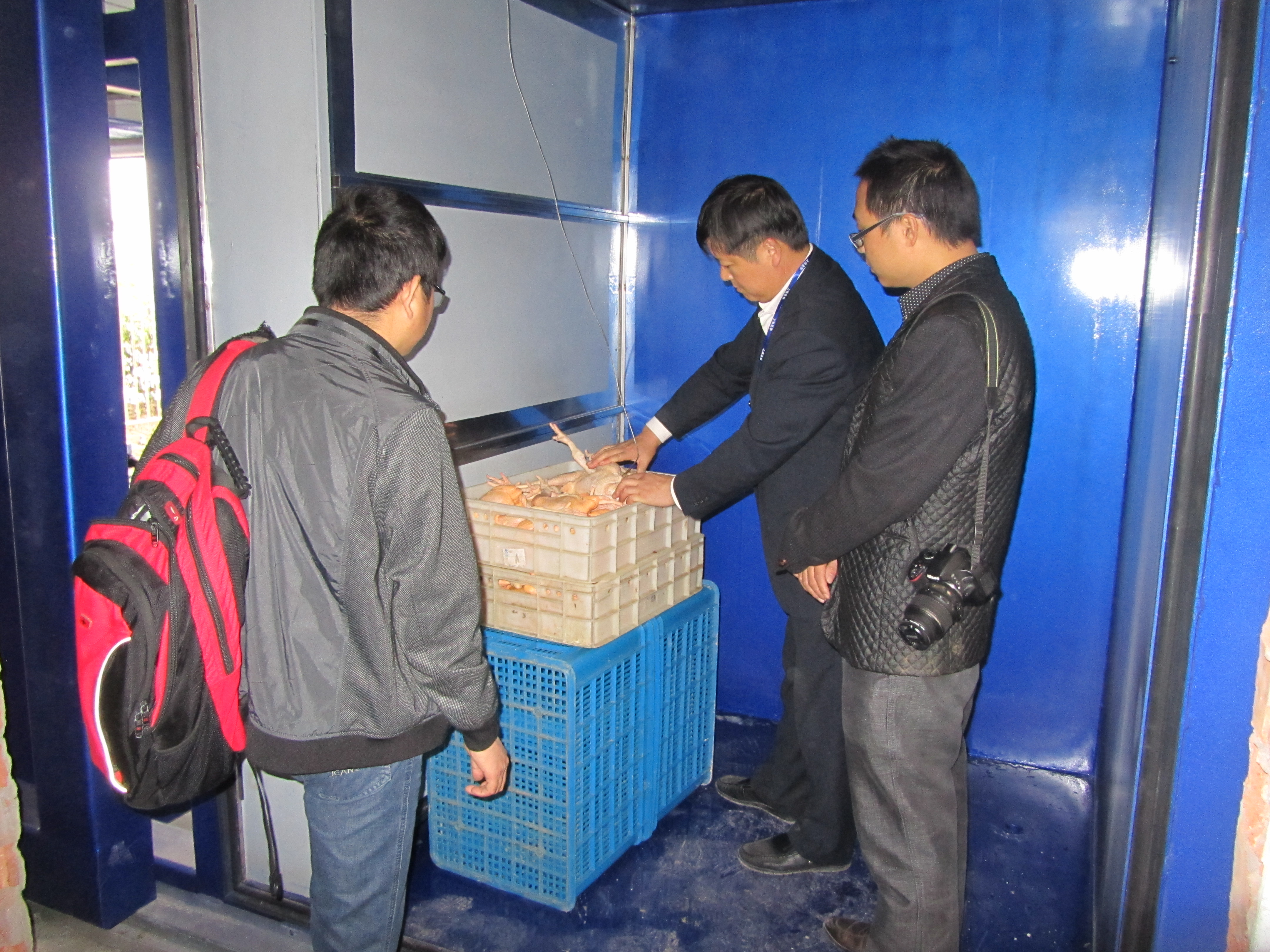28
2023

From Evaporative Cooling to Diversification: The Evolution of the Ice Machine
The history of ice-making machines dates back to the 19th century, evolving from initial experimental stages to becoming commercial and household appliances as technology advanced. Here are some key stages in the history of ice-making machines:
John Gorrie’s Ice Machine (1854): American inventor John Gorrie created the world’s first commercial ice-making machine, which utilized the principle of evaporative cooling to produce ice blocks. This invention drove the commercial production of ice and transformed food storage and transportation methods.
Ammonia Refrigeration by Ferdinand Carré (1876): French engineer Ferdinand Carré invented the first refrigeration machine that used ammonia as a cooling agent, marking a significant breakthrough in cooling technology. The application of ammonia refrigeration contributed to further developments in ice-making machines.
Carl von Linde’s Ice Machine (1880s): German engineer Carl von Linde invented an ice-making machine based on the ammonia refrigeration principle, which became widely used in both commercial and residential settings. These machines not only produced ice blocks but also facilitated the creation of frozen foods.
Electrically Driven Ice Machines (Early 20th Century): With the advancement of electric power technology, ice-making machines began to utilize electric motors, making ice production more convenient and efficient. During this period, more models of ice machines powered by electricity or ammonia refrigerants emerged.
Development of Home Ice Makers (Mid-20th Century): In the mid-20th century, with the proliferation of household appliances, home ice-making machines started appearing on the market. These compact ice makers provided households with a convenient way to produce ice for chilled drinks and food storage.
Rise of Frozen Foods (Mid to Late 20th Century): With the development of freezing technology, the frozen food industry rapidly expanded. Ice-making machines were not only used for producing ice cubes but were also integrated into frozen food production lines, contributing to the growth of the food industry.
Diversification of Modern Ice-Making Technology (Recent Times): In recent years, ice-making technology has continued to evolve, giving rise to various types of ice-making equipment, including commercial ice makers, home ice machines, and freezing devices. These devices can produce not only traditional ice cubes but also ice in different shapes and sizes to meet diverse requirements.
In summary, the history of ice-making machines has seen multiple stages of evolution, from early experimental devices to the modern and diverse ice-making technologies we have today. These machines play a crucial role in industries such as food production, cold chain logistics, medical applications, and the beverage sector.
Contacts & Support
Focusun Refrigeration CorporationRoom 603, Baohong Center
No. 7755 Zhongchun Rd
Shanghai CHINA
ZipCode: 201100
Tel: +86-21-5108 9946
Fax: +86-21-5227 2259
Email: enquiry@focusun.com
Sales: sales@focusun.com
Marketing: marketing@focusun.com
Press: press@focusun.com
Newsletter: newsletter@focusun.com









